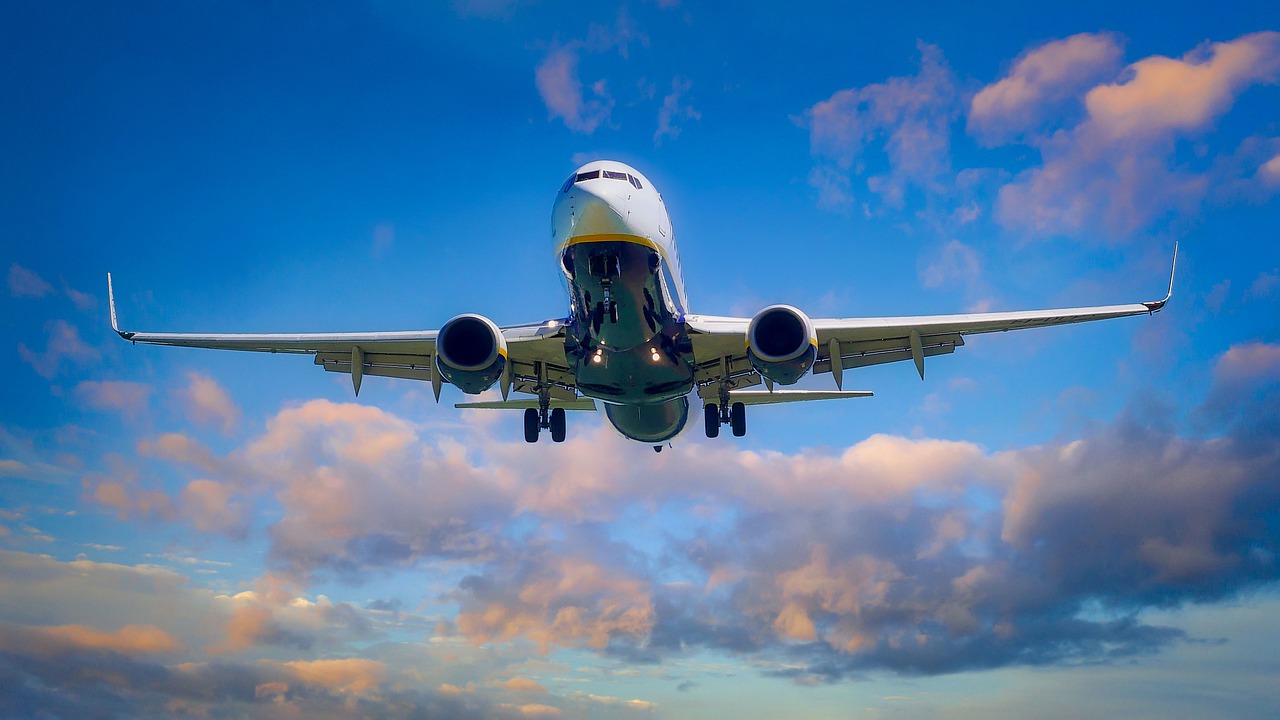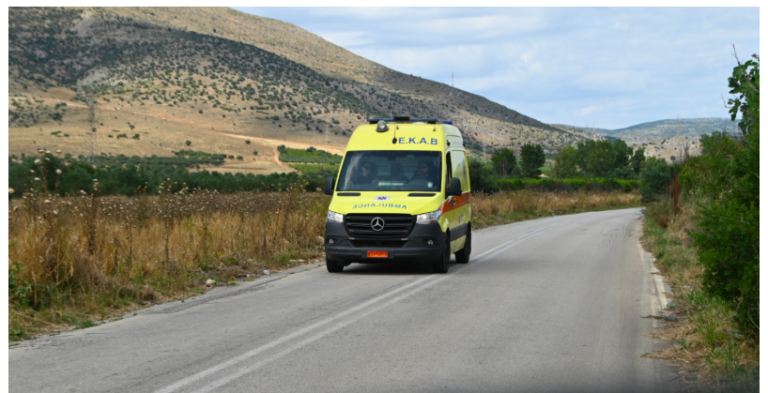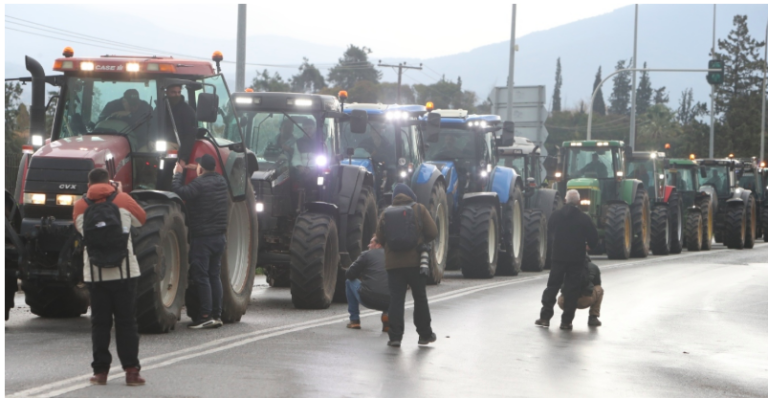As international travel came to a near-complete standstill in 2020 due to the Covid-19 pandemic, the aviation industry suffered what it described as “the worst year in history for air travel demand”. According to the International Air Transport Association (IATA), global passenger traffic as measured in revenue passenger kilometers, i.e. the total number of kilometers travelled by paying passengers, declined by 65.9 percent in 2020 compared to the previous year, as international passenger demand dropped 75.6 percent and domestic demand fell 48.8 percent below 2019 levels.
“2020 was a catastrophe. There is no other way to describe it. What recovery there was over the Northern hemisphere summer season stalled in autumn and the situation turned dramatically worse over the year-end holiday season, as more severe travel restrictions were imposed in the face of new outbreaks and new strains of Covid-19.” said Alexandre de Juniac, IATA’s Director General and CEO.
also read
Greek actor charged with multiple rape counts
And while the rapid vaccine rollout fueled hopes of a swift recovery in early 2021, those hopes were dashed with the emergence of Delta and Omicron, which disrupted international travel during the Northern hemisphere’s summer and the holiday season, respectively. According to the IATA, international passenger demand remained practically unchanged at 75.5 percent below 2019 levels in 2021, while domestic demand trailed 2019 demand by 28.2 percent, a notable improvement on 2020. Overall, passenger traffic remained 58.4 percent below pre-pandemic traffic last year, highlighting how long the road to recovery still is. In 2022, the IATA expects global passenger demand to reach 61 percent of pre-crisis levels, but it must be noted that this forecast was made in October 2021, i.e. pre-Omicron, so that goal could already be in danger.
You will find more infographics at Statista
Ask me anything
Explore related questions






